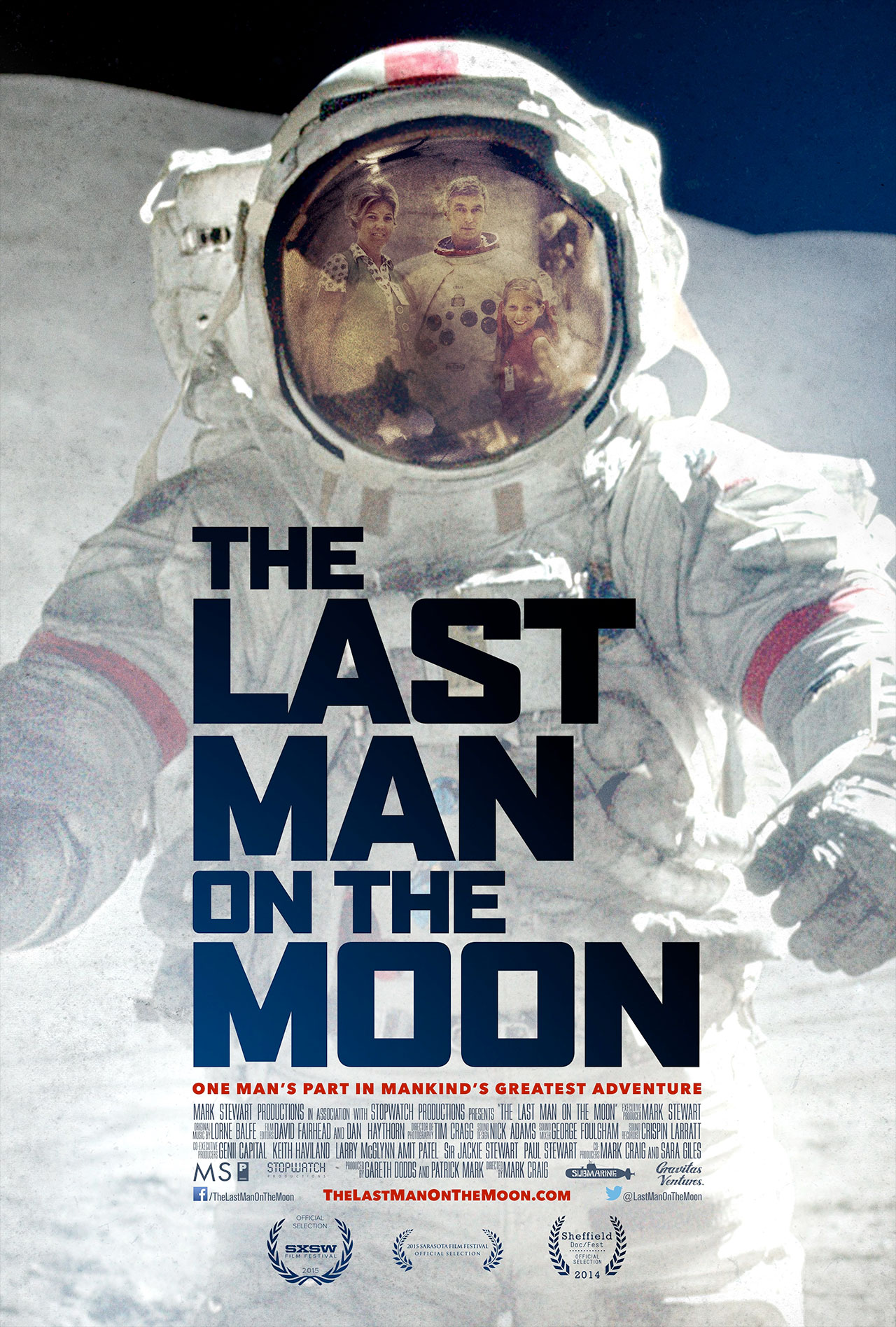

The Waller family headed overseas last year with the BBC and Garland’s crew in tow. He then found the year, 1813, next to a tiny signature along the portrait’s edge. Mark Lewis, conservator at the Chrysler Museum of Art in Norfolk, estimated that the watercolor portrait was French and from the early 1800s based on the sitter’s style: an empire waist dress and curly hair. As a boy, the son and his grandmother escaped from the home after the Nazis raided it. In the film, Waller meets the son of a woman who lived in the home. With help from a translator and Garland’s graduate students, the Wallers tracked down the French chateau and its owners. The film includes scenes of Virginia Beach’s North End. Her husband, Barry Nolan, an Emmy Award-winning television journalist and commentator, helped write and direct the documentary, which has gained acclaim at international film festivals.
#The journey back ww2 documentary tv#
Known as “Janie” when she grew up in Virginia Beach’s Bay Colony neighborhood, Garland is a TV producer and retired Boston University professor. Garland got the ball rolling - and the cameras. “I always had a guilty feeling about what I had done,” Waller said. He told her about the way he had taken it from the chateau and that it was weighing on his conscience.

When his daughter asked about the picture and the portrait three years ago, Waller, who was 93 at that time, spilled the beans. He founded the Waller, Todd, and Sadler architecture firm and designed numerous buildings around Hampton Roads. He studied architecture at the University of Virginia and moved to Virginia Beach in 1953. Waller grew up on a farm outside of Lynchburg. When he returned home, he hid the portrait in his dresser for years. “I had a real leaning toward art,” he said.įor the rest of the war, he kept the stolen items in his backpack. He walked away with a picture of the chateau, a pair of dueling pistols, which he later sold to buy an engagement ring, and the miniature portrait. The American soldiers tied several hand grenades together and blew the safe’s door off, Waller said. There were bullet holes in the ceiling and nearly nothing left except for a safe the size of a refrigerator, Waller said. Curious, they went inside, and found the Nazis had pillaged it. They noticed a chateau about 200 yards away. “I never talked about it.”Ī few months after the ship sank, in the spring of 1945, Waller’s platoon stood watch over German Army forces on a submarine base in France. “Nobody ever asked,” he said during an interview at his daughter’s home recently. After the war ended, Waller described what happened in the letter to his mother, but he never mentioned it again. The Army ordered the survivors to keep the tragedy a secret because it would destroy morale back home, Waller said.


 0 kommentar(er)
0 kommentar(er)
